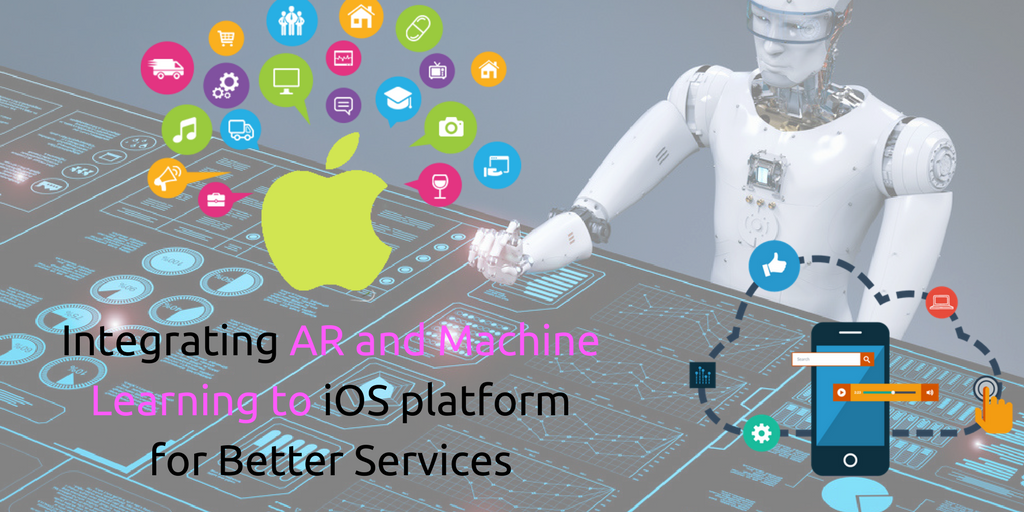Introduction:
In June 2017, Apple announced the release of two frameworks, Core ML and ARKit. The Core ML is a Machine Learning API, and ARKit is an Augmented Reality SDK. Both are altogether different technologies but have a high significance in shaping the future. To learn their impacts on our lives, let’s understand both one by one.Core ML – Machine Learning Technology on iOS Platform
Apple is working in machine learning (ML) and artificial intelligence (AI) for a long and Siri is an apparent result. With Core ML, Apple has made Machine Learning for everyone.
Apple’s Journey from NLP to ML
During the period of iOS 5, it has introduced natural language processing (NLP) through the NSLinguisticTagger framework. At the time of iOS 8, the Metal framework arrived with enhanced GPU capabilities to provide immersive gaming experiences. In 2016, Apple developed an Accelerated framework to process signals and images using the Basic Neural Networks for Subroutines (BNNS) technologies. Now, it has placed the Core ML framework on the top of both Metal and BNNS frameworks. The former two frameworks required a centralized server to process the data for NLP and AI processes. With the intro of Core ML on the top, there is no need to send data outside the devices, and the data processing is accomplished with powerful A9, A10, and A11 chips. It also strengthens the data security within iOS devices.Understanding Core ML
To understand how Core ML is working, we can divide the process into two steps. The first one is creating a Training Model by applying ML algorithms to the available training data sets. The next one is to convert the training model into a file as the Core ML Model file. The Core ML Model file helps mobile app developers to integrate high-level AI and ML features. The entire function flow of Core ML API helps to make the system “Intelligent” predictions. For iOS developers, X-code IDE can create Objective-C/Swift wrapper classes once the model Core ML Model is included in the app project. The Core ML model consists of class labels and input/output and can describe the layers in the framework. Apple has made decent efforts to help iOS app developers provide maximum support to develop customized AI and ML solutions with ease and speed.| Core ML Models | Core ML Model Tools | Core ML Model Supports |
Apple has unveiled five different Core ML models for third-party developers, such as:
|
The Core ML Models also supports other t ools including
|
The Core ML Models also supports other ML Models like
|
